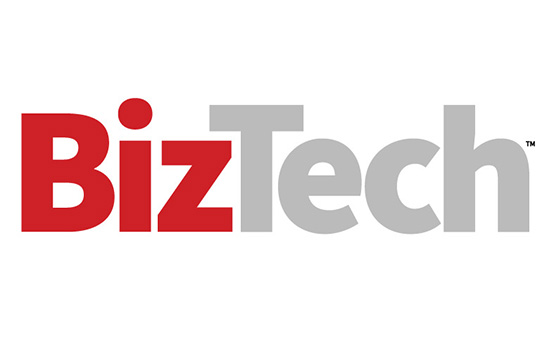SDN and AI Form the Basis of Intelligent Cloud Networking
The principle of separating network control from data flow underpins software-defined networking. It’s a design that facilitates network efficiency by enabling real-time monitoring, dynamic programmability and automated settings. With AI in the mix, networks can quickly adjust to changing traffic patterns, identify abnormalities and maximize performance.
Ultimately, this offers small businesses enterprise-grade network intelligence without the need for a full IT team. Teams can manage online traffic; prevent point-of-sale system slowdowns; block malicious traffic fast; and prioritize business-critical applications, such as inventory syncing.
Teams can also take advantage of intent-based networking, which means that high-level business policies are automatically translated into real-time network configurations. This reduces the need for manual configurations and ensures that compliance standards are met.
Small businesses such as 1-800-Flowers.com are finding success in this way, according to CDW solutions architect John Klein. Others include Henry’s House of Coffee, a family-owned coffee roaster and e-commerce brand, which relies on AI to track online customer traffic, according to the U.S. Chamber of Commerce.
Startups such as Nexthop AI, Startups such as founded by Anshul Sadana, the former COO of Arista Networks, delivers AI-driven software-defined networking solutions tailored for hyperscale data center operators. Thanks to $110 million in funding, the platform dynamically adapts to traffic surges and evolving workload patterns.
Other startups, such as DriveNets, use cloud-native, containerized microservices to optimize networking across distributed environments. With intelligent resource orchestration and telemetry, the platform adapts to network behavior in real time and makes predictive fixes. DriveNets customers including AT&T and KDDI have found significant cost savings as a result.
To fuel wider adoption, Cisco has integrated AI within its Application Centric Infrastructure to enhance security in hybrid and multicloud environments. AI-driven automation in Cisco ACI enables proactive threat detection. Google’s B4 SD-WAN is another example that uses AI for traffic engineering, self-healing and predictive failure detection.
Click the banner below for the latest insights from CDW’s cloud computing research report.













